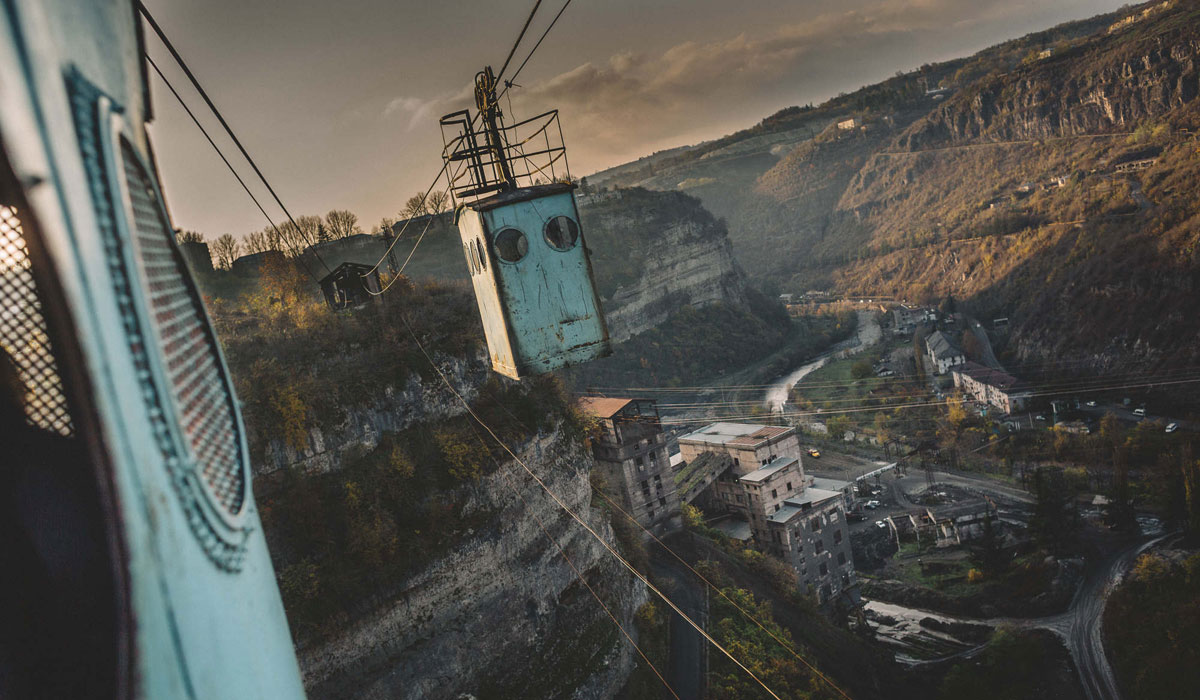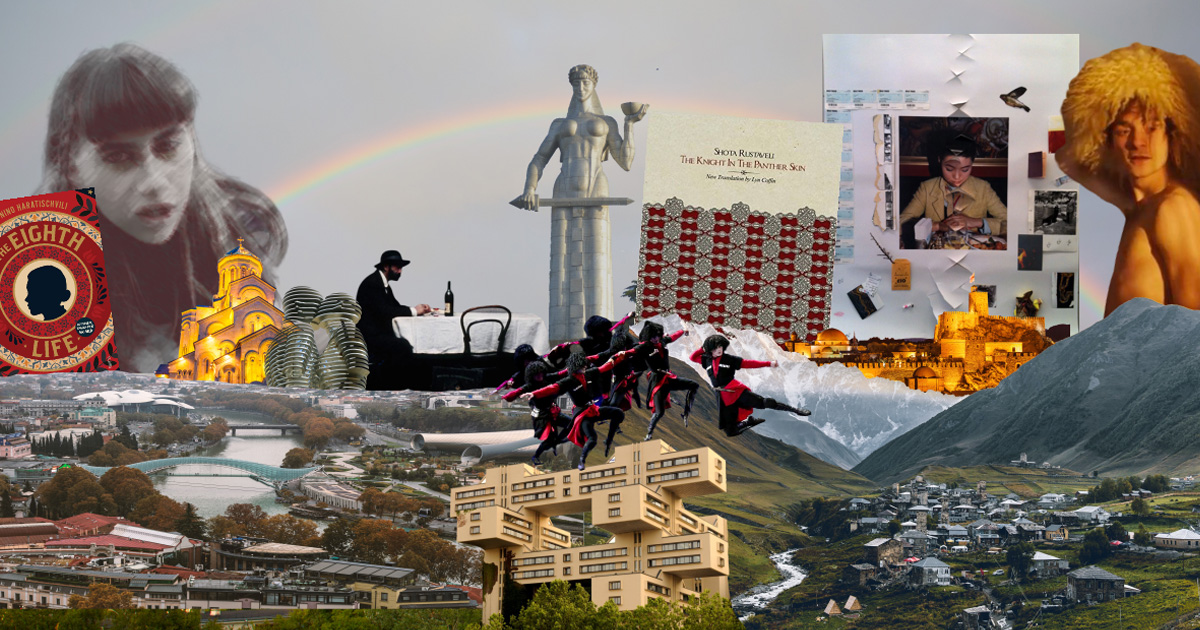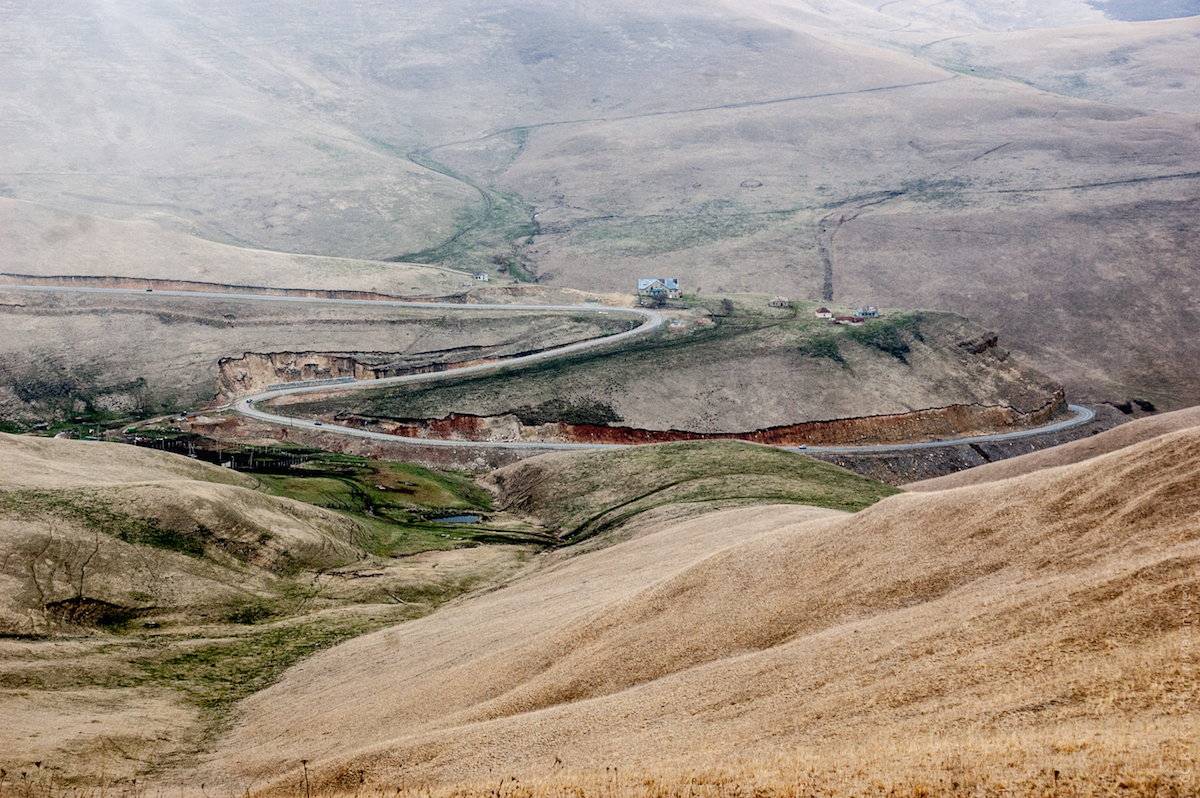Discover the beauty of Georgia’s moveable wooden homes
In this visual dispatch from Georgia, photographer Tomer Ifrah captures the Caucasus Mountains and the remote and quiet villages around them.
Last September, long before the coronavirus pandemic, Tomer Ifrah travelled to Georgia to photograph the Caucasus Mountains on the country’s border with Russia. Over the course of two weeks, he travelled the well-worn Georgian Military Highway to Kazbegi, and visited Georgia’s highest inhabited area, the Svaneti region. Owing to its remote location, Svaneti still remains somewhat untouched by Georgia’s tourism boom, leaving villages in the region remarkably unchanged.
Here in the foothills of Svaneti, Ifrah turned his lens away from the mighty mountain cliffs and onto the well-preserved wooden houses dotted around the surrounding area.
“The original plan was to try and spend as much time photographing the mountainous region. We weren’t planning on stopping there,” says Ifrah, whose previous projects have taken him as far as Ethiopia, Brazil, Russia and Kazakhstan. “As we passed the villages leading to Svaneti, I started noticing these simple, yet beautiful traditional Oda houses.” Working with a tight schedule and limited time for the assignment, but curious about unique traditions of Georgian architecture, Ifrah photographed the Oda houses from a distance. In documenting their exteriors, he was able to capture their distinctive feature — their carved wooden verandas.
You might be familiar with Tbilisi’s eclectic balconies and leafy “Italian” courtyards — wooden marvels that draw visitors into the Old Town, and have become as synonymous with the capital as chacha and khachapuri. In rural Georgia, the style of wooden architecture varies region to region, depending on climate conditions, geography, and local materials. Homes in the southern parts of the country will be dug into the earth to warm the houses during cold winters.
Oda houses, by contrast, are raised by pillars and are typically found in western Georgia, where the climate is humid and warm. These pillars provide ventilation and protect the wooden construction from underground water and decay. They are nicknamed “legs” for a good reason: Oda houses were intended as modular, moveable homes that could be dismantled and reconstructed in case of flooding. In the nearby regions of Imereti and Racha, where wooden houses sit on foundations of local stone laid from mortar or clay, the underground area is sometimes used for storage or turned into wine cellars.
A traditional Oda house features four rooms, each with its own fireplace: a dining room, a reception room, and two medium-sized bedrooms. All of the wooden details — including the spacious verandas where Georgians spend their summer nights — would have been carved by an individual woodworker, making each house unique in its decoration.
The homes which Ifrah photographed are multigenerational, built by hand by grandparents or great-grandparents and shared by families. “I saw old couples sitting at the table, others looked like they were occupied by entire families. At times, when the family were outside in the garden, we were invited in.”
His trip two-week stint was a fraction of the time Ifrah would usually spend shooting abroad: “I tend to work on a project for no less than a few months. The destinations are important and inspiring for me but my main focus is always the human experience — people and the places they pass through.” In Moscow, he photographed commuters on the metro, while in Azerbaijan, he focused on everyday life among the endless steppes. But now, Ifrah’s simple photos of homes, with their peculiar distance, are especially uncanny — as though reflecting our own geographically-limited perspectives.
It will be a short while before tourists can travel to Georgia: the country was meant to reopen its border to tourists from 1 July, but this has since been delayed until 31 July. In the meantime, looking at the photos, you can just about imagine the smell of freshly baked bread and the sounds of a car stereo wailing somewhere in the distance. It’s not surprising the country famed for its warmth and hospitality, Georgia is characterised in these photos by its loving domesticity. “Whether it’s beliefs, traditions, or food, you can learn a lot about a country by visiting people’s homes,” Ifrah adds.
This project was made possible with the support of the Georgia National Tourism Administration (GNTA). With thanks to Ramaz Kiknadze for contributing to the research for this article.


